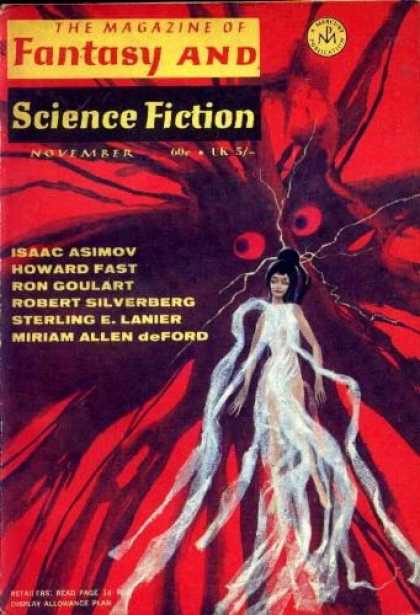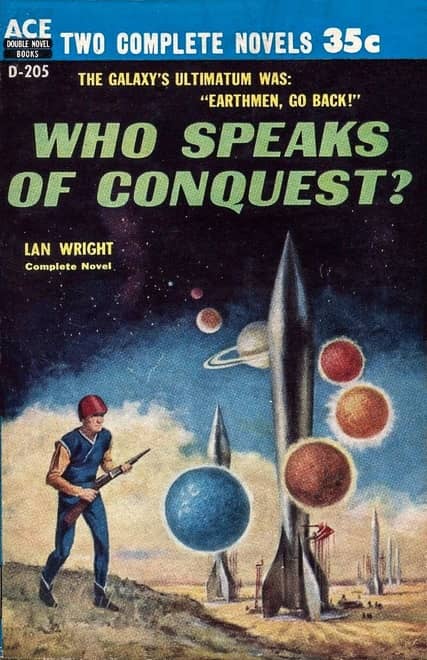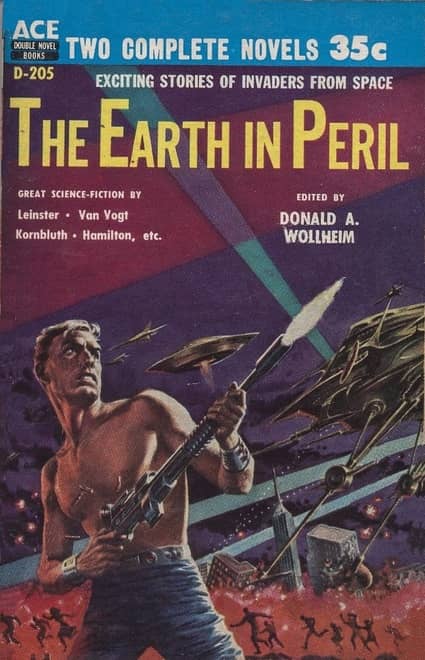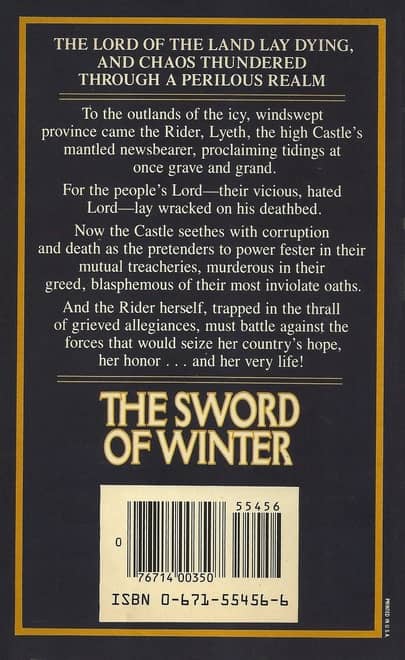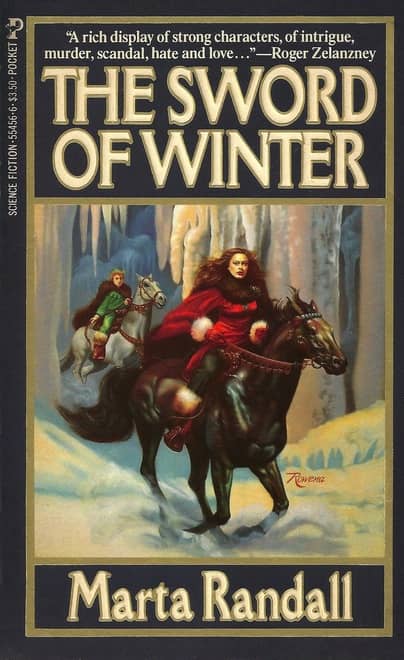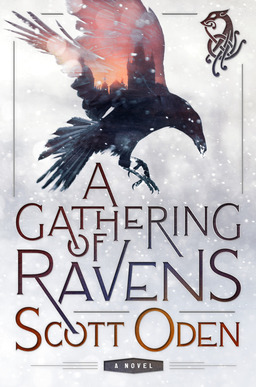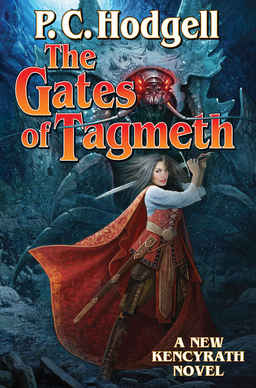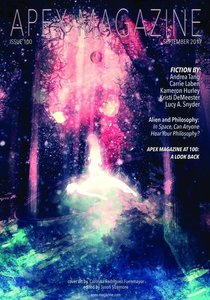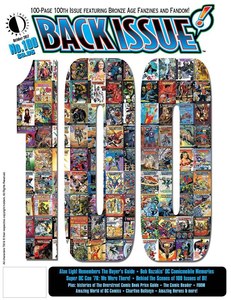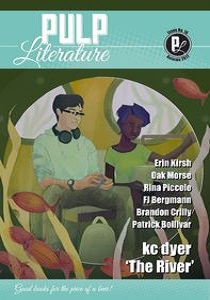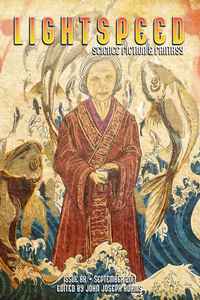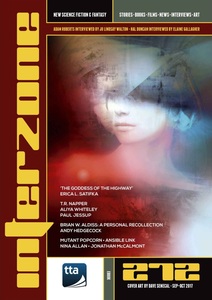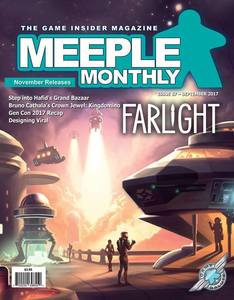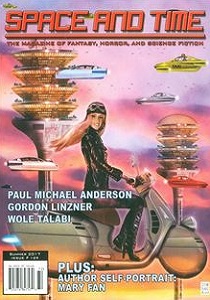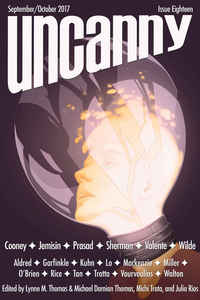The Magazine of Fantasy & Science Fiction, November 1969: A Retro-Review
This is Part 3 of a Decadal Review of vintage science fiction magazines published in November 1969. The articles are:
Amazing Stories, November 1969
Galaxy Science Fiction, November 1969
The Magazine of Fantasy & Science Fiction, November 1969
Worlds of If, November 1969
Analog Science Fiction/Science Fact, November 1969
General feeling is that MoF&SF is a little flimsier than others, a bit more ‘pulpy’ (as in the paper itself, not the style) and not nearly as much artwork.
It jumps right into the fiction, “The Mouse,” by Howard Fast. Tiny aliens from a heavy gravity world come to explore Earth. Part of their exploration plan is that they find a local lifeform and augment it to be, roughly, human intelligence. In this case, the lifeform is a small mouse. It gets intelligence, and an ability to read minds. It does not take it long to figure out that the aliens don’t really have a post-exploration plan for the mouse — can’t come back to their homeworld due to the gravity, and they didn’t bother making any other intelligent mice, so they tearfully abandon it to commit suicide. A fairly gripping ending to a fairly poor set-up.
“A Feminine Jurisdiction” by Sterling E. Lanier. This is one of the continuing adventures of Brigadier Donald Ffellowes. The story unfolds at a leisurely pace — with the boys down at the pub taking about the dames and then D. Ffellowes discussing one of his wartime adventures, beginning with the set-up and intrigue around Greece, and leading to a shipwreck on a small uncharted island and being harassed by a downed German pilot. It isn’t a great story, but it isn’t bad, either. Lanier deserves a bit of credit for going past the obvious Medusa idea and going into the other gorgons. He also adds a bit of a Lovecraftian touch to things. I’m not super-familiar with the gorgons, so I have a feeling that I was missing some things.
